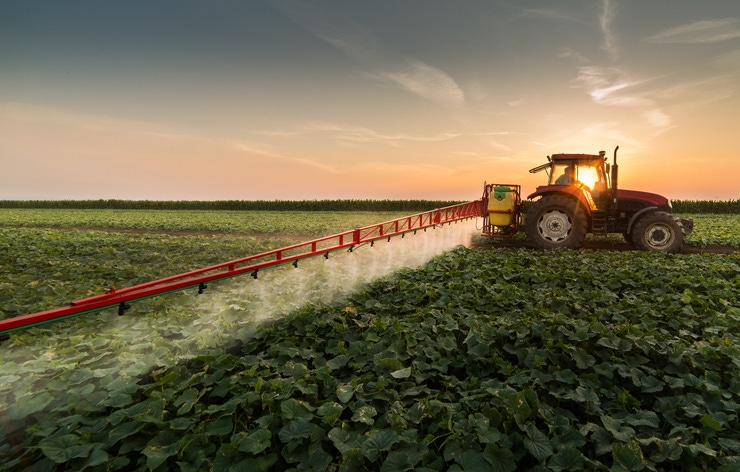May 19, 2020

In its newest paper, Stewardship Challenges for New Pest Management Technologies in Agriculture, the authors from the Council for Agricultural Science and Technology discuss the stewardship challenges of the latest pest management technologies for both growers and developers, while outlining the responsibilities of the stakeholders in the management of the technologies involved.
The authors say to meet the ever-increasing need for agricultural sustainability and production to more efficiently feed the world, stewardship and technology must merge and work together toward common ground and goals, and stewardship tasks farmers and other stakeholders with furthering global food security while minimizing environmental impacts and risks.
Technology is the means by which that management will be more successful, with incentives such as simplified pest management, enhanced efficiency, economics, yield and food quality, and less toxic pesticide usage. But, the risks to workers, beneficial insects, water quality, pollinators, and past successes need to be considered along with the benefits.
The dependency on technology is quite understandable given the size of modern farming operations, as well as the complexity of management issues that farmers face.
“Farmers must simultaneously manage for weeds, pests, soil fertility, erosion, and other problems while responding to constantly changing weather conditions, public policies, and recommendations from experts,” says Dr. David Shaw, provost and executive vice president at Mississippi State University and chair author of the CAST publication.
“In other words, integrated stewardship is highly complex, time consuming, and often costly, and thus, anything that can help farmers simplify their management approach is helpful and desirable in their eyes,” Shaw continues.
Unfortunately, and as the evolution of weed resistance has demonstrated, nature is characterized by heterogeneity and complexity, and integrated stewardship must necessarily recognize the complexity of agricultural production systems.
Also discussed are examples of past successful stewardship programs, such as the area-wide codling moth and pink bollworm control programs. The elements that set them up for success were diverse chemical and non-chemical practices, collective action within the communities involved, gradual implementation of the required steps, and a long-term commitment on behalf of the stakeholders.
The authors conclude that pest management technology solutions must begin within a particular community, and include cooperation and engagement from all the stakeholders participating. Also essential is the development of the associated management skills for the technology, along with improved research that identifies both the benefits and the risks that will influence effective stewardship.
Source: CAST, which is solely responsible for the information provided and is wholly owned by the source. Informa Business Media and all its subsidiaries are not responsible for any of the content contained in this information asset.
You May Also Like




